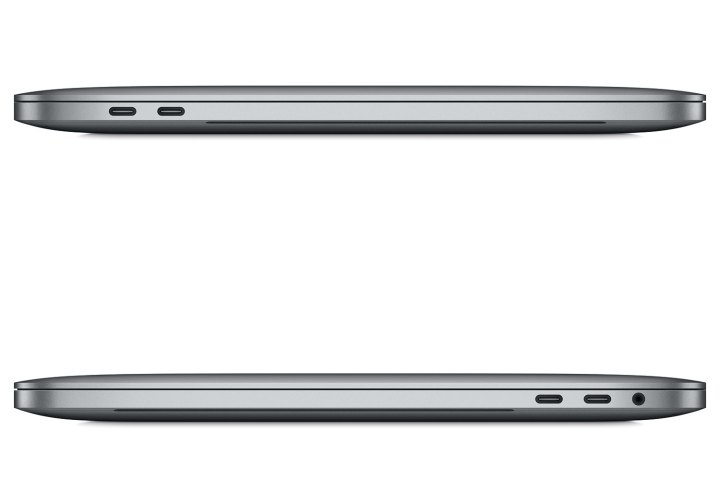
This means that the MacBook Pro is fairly future-proof, as the industry is moving toward USB Type-C in general and the ones used in Apple’s high-end notebooks provide broad support for all kinds of different types of connectivity. However, it appears that while the MacBook Pro will be able to connect to future Thunderbolt devices, it might have a problem connecting to some or most of those already on the market, as 9to5Mac reports.
The issue stems from an apparent incompatibility with the Texas Instrument Thunderbolt 3 controller chips used in current devices. Peripheral maker Plugable, which makes a line of docks for Macs including new
In the statement, Plugable said, “Apple has chosen to prevent Thunderbolt 3 devices using currently available controller chips from Texas Instruments from enumerating and functioning on the 2016 MacBook Pros. All current
Given the new information, Plugable has postponed the upcoming TBT3-UD1 Docking Station in order to determine the impact of Apple’s decision and will be investigating options to make the docking station compatible with the new MakBook Pro. Plugable’s higher-end TBT-UDV Thunderbolt 3 dock uses a next-generation TI chip and so will already be compatible with Apple’s machine.
We expect that this will be an issue for many manufacturers and products, such as the OWC Thunderbolt 3 Dock announced today. If you’re the owner of a current Thunderbolt 3 device and hoped to use it with a 2016 MacBook Pro, then you’ll want to check with either Apple or the device manufacturer to see if it’s supported. There’s no word on the nature of the incompatibility, other than that the devices won’t work with the MacBook Pro — there’s no indication that a device or the MacBook Pro would be damaged if the two are connected.
The Plugable statement is dated November 1 and so is relatively recent. We will be contacting Apple and will update this story if we receive any new information.
Editors' Recommendations
- MacBook Pro OLED: Here’s everything we know so far
- A new wave of powerful laptops rises to challenge the MacBook Pro
- The biggest threat to the MacBook this year might come from Apple itself
- Why you should buy a MacBook Pro instead of a MacBook Air
- Which color MacBook should you buy? Here’s how to pick


